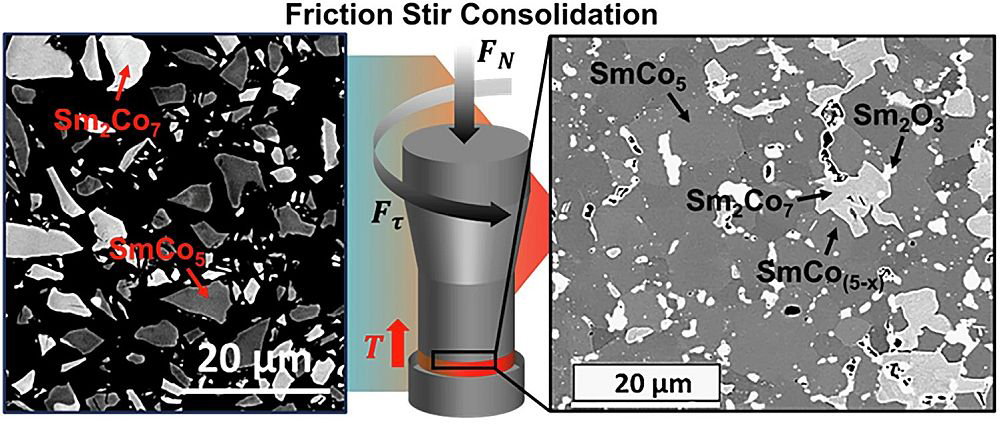
[Image above] Gallium oxide is an ultrawide bandgap semiconductor being considered as a next-generation electronic material. Credit: luchschenF, Shutterstock
Since the mid-20th century, silicon has served as the main material for electronic components due to its stability and versatility. But its performance is limited by voltage and frequency, and with the growing markets for high-power applications such as electric vehicles and renewable energy, new semiconductor materials are needed to fulfill these market demands.
Silicon carbide is a promising material for high-power applications, but it comes with several challenges. For one, the material’s thermal stability means a complex sublimation process is required to process it. Furthermore, the material tends to degrade due to the expansion of Shockley stacking faults when used in bipolar p–n junction devices, which serve as electronic switches and signal amplifiers in high-power applications.
Gallium oxide is another possible material for high-power applications. It can be created using melt-growth methods, making its production much cheaper than silicon carbide.
However, fabricating bipolar p–n diodes using gallium oxide also faces complications. Specifically, while scientists can reliably produce n-type gallium oxide layers, gallium oxide’s crystal structure resists accepting the atoms required for stable p-type layers. Without proper integration, a stable junction between the crystalline substrate and oxidized layer cannot be maintained.
In an open-access paper, researchers at Nagoya University in Japan describe a promising method to create stable p-type layers in gallium oxide. Their solution involves several steps:
- Ion implantation of nickel atoms (the p-type dopants). An ion implantation concentration of 1020 cm−3 was used.
- Plasma annealing for one hour at 300°C with activated oxygen radicals to trigger oxidation of the implanted nickel while avoiding decomposition of the gallium oxide substrate.
- Rapid thermal annealing in oxygen at 950°C for 10 minutes to increase the carrier density.
Testing of the p–n diodes made with this two-step annealing process showed they can achieve twice as much electrical current under certain conditions than previous gallium oxide diodes.
The researchers conducted additional analysis of the diodes to understand the reasons for this improved performance. Their findings, which were based on secondary-ion mass spectrometry, spreading resistance, transmission electron microscopy, and electron diffraction measurements, included
- Implanting nickel at higher concentrations led to a higher resistivity of the implanted area.
- The increased resistivity of the nickel oxide-doped layer suggested that there exists deep energy levels that interact with crystal defects in the gallium oxide substrate.
- After annealing, there was a reduction in the spreading resistance (resistance to current flow through the diode), which implies that damage caused during the nickel implantation process had been repaired by the annealing process.
- Also after annealing, the nickel-implanted diodes showed stable voltage-current characteristics, indicating the oxidized layer functioned successfully as an anode-emitter layer.
“Since this method uses standard industrial equipment and processes, it can be scaled up for mass production,” says senior author Masaru Hori, professor in the Center for Low-Temperature Plasma Sciences at Nagoya University, in a press release. “The implications for future energy efficiency and costs are substantial, particularly for electric vehicle and renewable energy industries.”
Nagoya University’s spin-off company NU-Rei is now working to bring this process to market.
The open-access paper, published in Journal of Applied Physics, is “p-type layer formation study for Ga2O3 by employing Ni ion implantation with two-step oxygen plasma and thermal annealing” (DOI: 10.1063/5.0282789).
Author
Laurel Sheppard
CTT Categories
- Electronics
- Manufacturing

